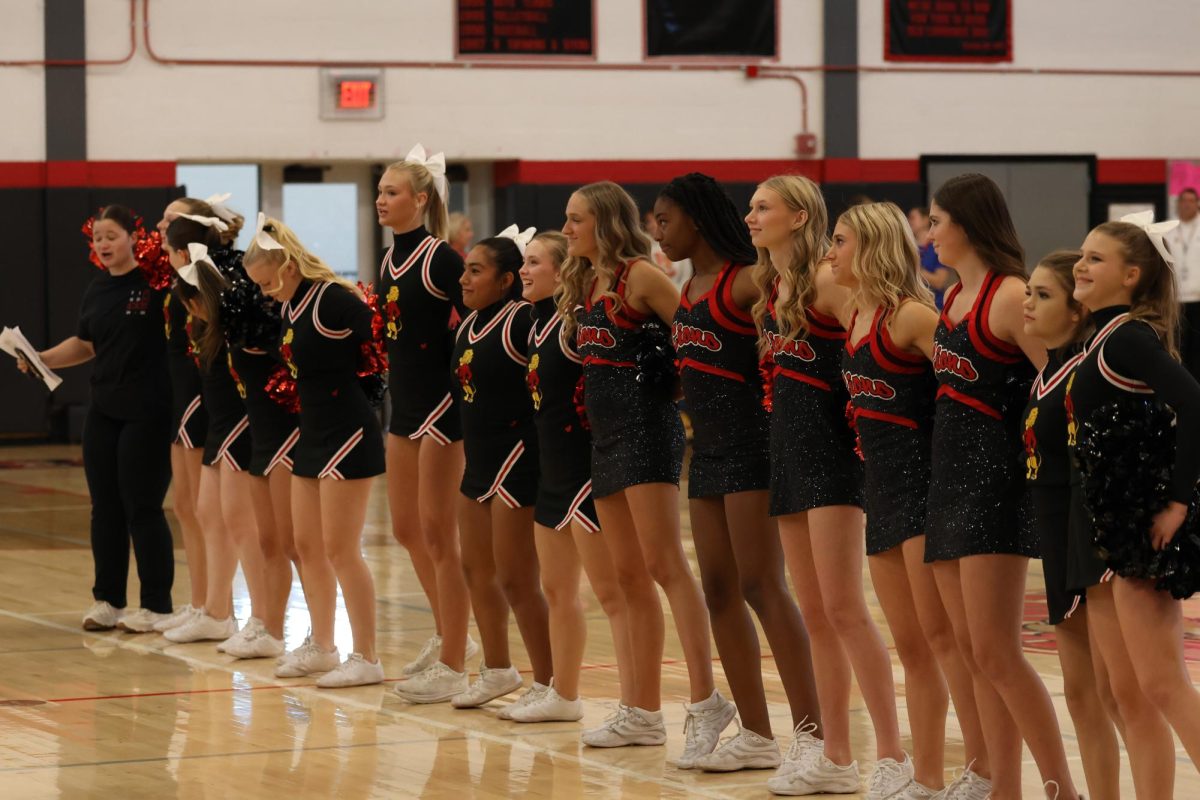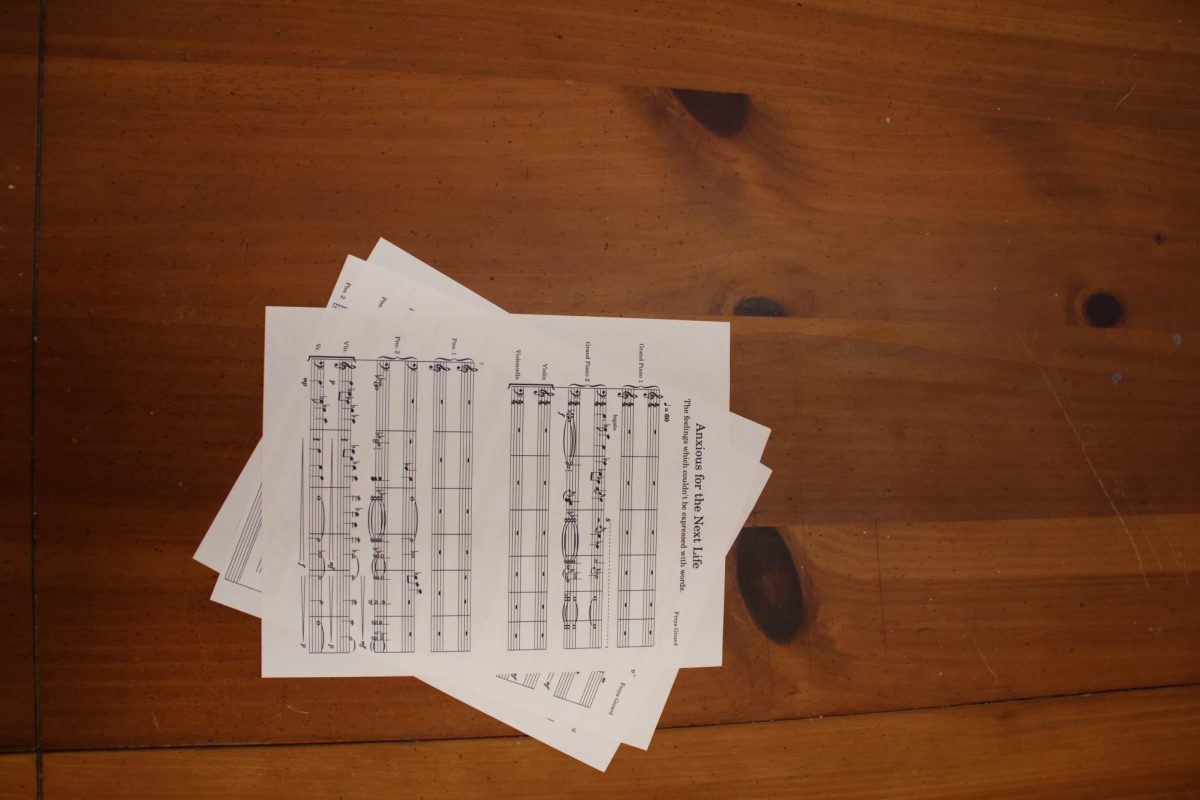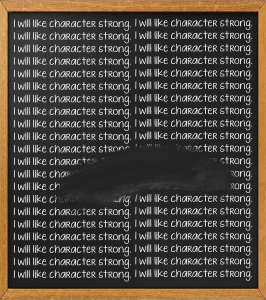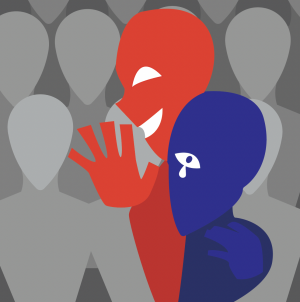Disproportionate discipline shown
School, national data show students of color more often subject to discipline.
September 27, 2016
Senior Jazmyne McNair has long noticed how her race can affect the way she’s treated in school.
Nationally, students of color are disproportionately suspended or expelled. McNair said she experienced it firsthand when she was wrongly accused of bullying in middle school.
“For some reason, they thought it was me, even though me and this other black girl look completely different, and she was way taller than me,” McNair said. “It took another person being involved, who was not black, to vouch for me rather than me vocalizing that I wasn’t involved with it myself.”
Nationally, 18 percent of black males and 10 percent of black females have been given one or more out-of school suspensions — a rate that far exceeds the 5 percent of white males and 2 percent of white females who face the same punishment, according to the U.S. Department of Education.
At LHS, the disparities aren’t as significant, but they are still present.
While black students represent 7.2 percent of the student body, they make up 20.9 percent of students who are reported and disciplined.
On some days, the ISS room is a representation of the disparities between students..
“There have been times — and certainly not every time or even most times — that I am struck by the number of students of color that are already in the ISS room,” assistant principal Mike Norris said.
“Students identifying as something other than white, non-Hispanic make up about a third of our student body, but there have certainly been days in which it seemed like students of color were overrepresented in the room.”
Despite the disparity, Norris tries to set the aspect of race aside when it comes to speaking with students.
“I just want to emphasize that when I’m in a discipline situation with a student, I try my best to see the whole student,” Norris said. “There are so many reasons that a student might actually be sitting in my office — mom and dad are fighting, depression, anger, etc. Sometimes these things are reflected in classroom behavior.”
McNair has had similar experiences with her younger brother who is on the spectrum for autism. Not everyone understands his situation and that he is commonly agitated.
“[Because of] the stigma that, black kids act up and they’re always looking for a fight and that type of thing, I think people are quicker to try to jump on any little sign of him getting upset or angry and that only upsets him even more,” McNair said.
To avoid punishment, some black students say they must be continuously aware of their actions.
“…Amongst friends and with teachers I’m always thinking about the way that I’m saying what I’m saying, so that people are understanding exactly what I mean,” McNair said.
The acceptance of reality — that black students carry the stigma of acting out in class — is often harsh.
“I’d like to believe that that’s not the stigma,” social worker Lynisha Thomas said. “I’d like to that believe people don’t think certain races are lazy, that they just don’t want to learn, I wish those things didn’t happen but I know they do.”
Principals, who are responsible for disciplinary action, get a limited view of what leads to each referral.
“If I go back to my ISS example, I truly believe that every student to which I assign ISS warrants it,” Norris said. “But I wonder if they got to me fairly. Are some kids sent down on the first offense while others get two or three shots before being sent down?”
Thomas, the Can We Talk sponsor, said the punishment students receive may be strongly dependent on the teacher and classroom situation.
“There are some teachers I know that never send a kid out of their room because they can manage their classroom,” Thomas said. “I know there are some teachers that have a significant amount of students that have behaviors that make it very difficult, so I think it really depends on the teacher.”
To curb any racism — overt or subconscious — that exists in school and to promote equality, staff members undergo training. Each Lawrence school has an equity team “that engage in significant professional learning focused on deepening understanding of race and equity,” Norris said.
Regardless of equity training, Norris believes that racism exists in our school in an unintentional manner.
“I don’t want to send the message that I think your teachers are a bunch of racists or anything,” Norris said. “Quite the contrary. LHS has the best staff with which I’ve ever had the privilege to work. My concerns are those subconscious and unintentional things.”

















